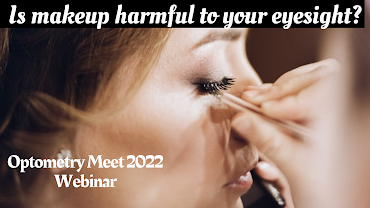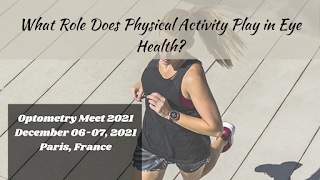What happens if the person with sight does not wear glasses or lens?!
Squinting,
headaches, and fatigue
Squinting,
headaches, wiping your eyes and exhaustion are all indicators that you may need
glasses. You might stumble into or trip over items if you don't wear glasses,
you won't be able to see far away or up close (more on that later), and you'll
have problems reading or seeing at night. The age-related warning indicators
differ.
Increased
risk of injury
When someone who needs corrective glasses refuses to
use them, they are not operating with the best possible vision. Because sight
accounts for about 90% of a person's reaction time while driving, getting
behind the wheel without glasses increases the danger of injury to both the
driver and others.
Long-term effects
Incomplete eye development may be one of the more
long-term consequences of not wearing glasses. Getting a clear image to the retina
aids eye development, thus when vision is blurry, the eyes are unable to
develop normally.
If you’re near-sighted
Nearsightedness (also known as myopia) is a
condition in which people have trouble seeing objects that are far away and can
only focus on objects that are close to them. Because power must be taken away
from the eye to allow it to see at a distance, a minus sign will appear on an
eyeglass prescription for someone who is nearsighted.
The importance of wearing the right
glasses
Wearing corrective lenses that are too powerful for
close vision tasks can be just as bad as not wearing them at all. Too strong
reading glasses will force the wearer to hold objects closer to their face.
Additionally, glasses with an excessively strong prescription might cause
headaches and weariness.



Comments
Post a Comment